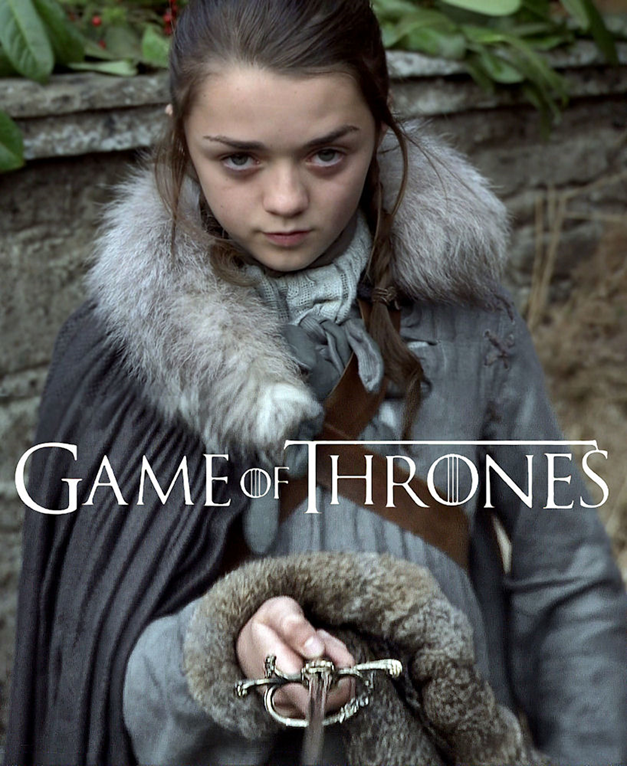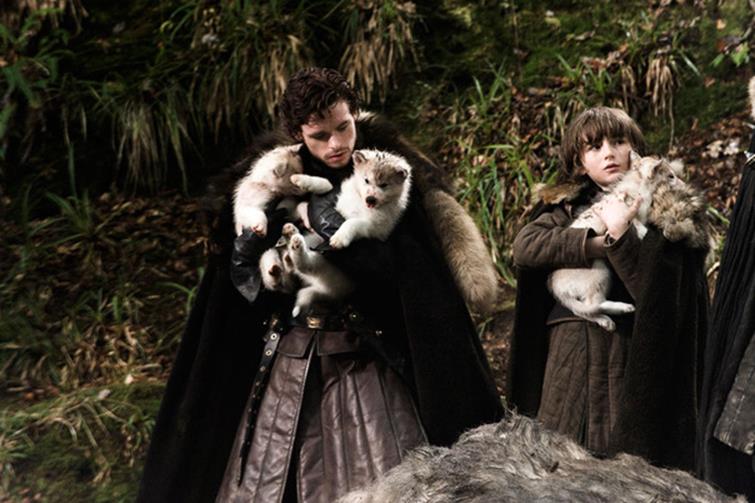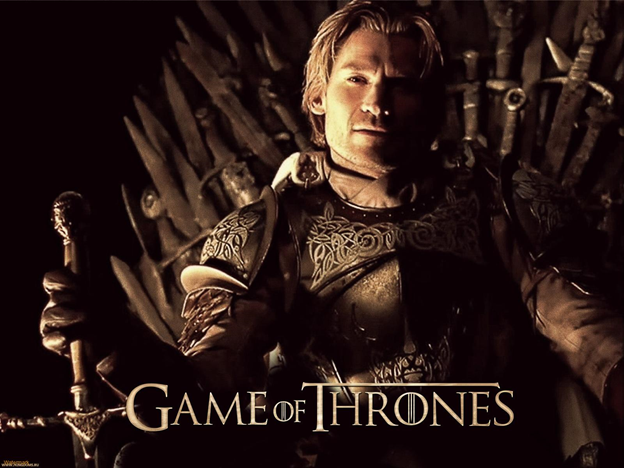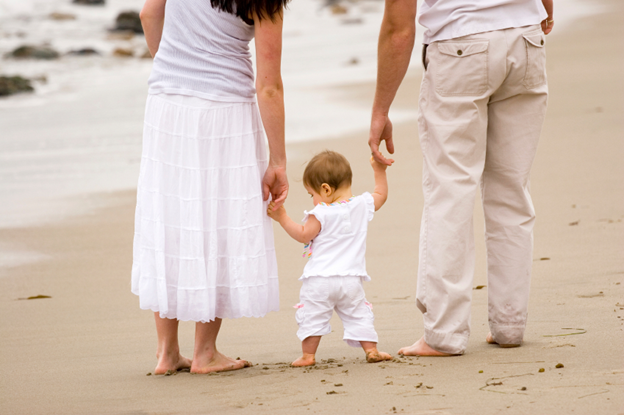
Centives’ coverage of The Game of Thrones is spoiler-free for those who have watched the first season
The gratuitous amount of sexualized, female nudity in The Game of Thrones has raised concerns about sexism within the show. This is a topic for philosophers and analysts to debate and discuss, and the determination of whether or not the show is fundamentally sexist is beyond Centives’ own scope.
What Centives did note however was that the four individuals who you would think would dominate the narrative of the show after the first episode (The Current King, The Exiled King, The Vicious Barbarian-Challenger and the Protagonist) all die by the end of the first season. Robert Baratheon is replaced by his son and his wife. Viserys Targaryen is replaced by his sister, Khal Drogo is replaced by his wife, and the Protagonist is replaced by his adult son and mother. With the exception of Robert Stark succeeding his father, the four main male characters are replaced either by women or by children.
More generally, according to Wikipedia there are 19 main characters in season 1. Four of them are children, 12 are adult males, and three are adult females. By the end of the season there are still seven women and children but only eight of the main male adult characters remain. Thus going into the second season the number of main male adults and main women and children are roughly equal. This still puts men in the significant majority and women in the minority, but compare that to other fantasy worlds such as Middle Earth or even the Star Wars universe, where females and children are a rare sight.
In the end perhaps this says more about George RR Martin’s inclination to play with the established norms and precepts embedded in traditional fantasy literature, rather than anything about gender issues in Game of Thrones. It is possible, for example, that the second season will see the introduction of a whole host of new male characters (with perhaps some women thrown in to satisfy them.) But perhaps all is not as it would first appear in Westeros. After the first season women seem to be gaining as the men are eliminated one by one.
Read the rest of our Game of Thrones coverage and follow us on Twitter or Facebook.










Join the Discussion! (No Signup Required)